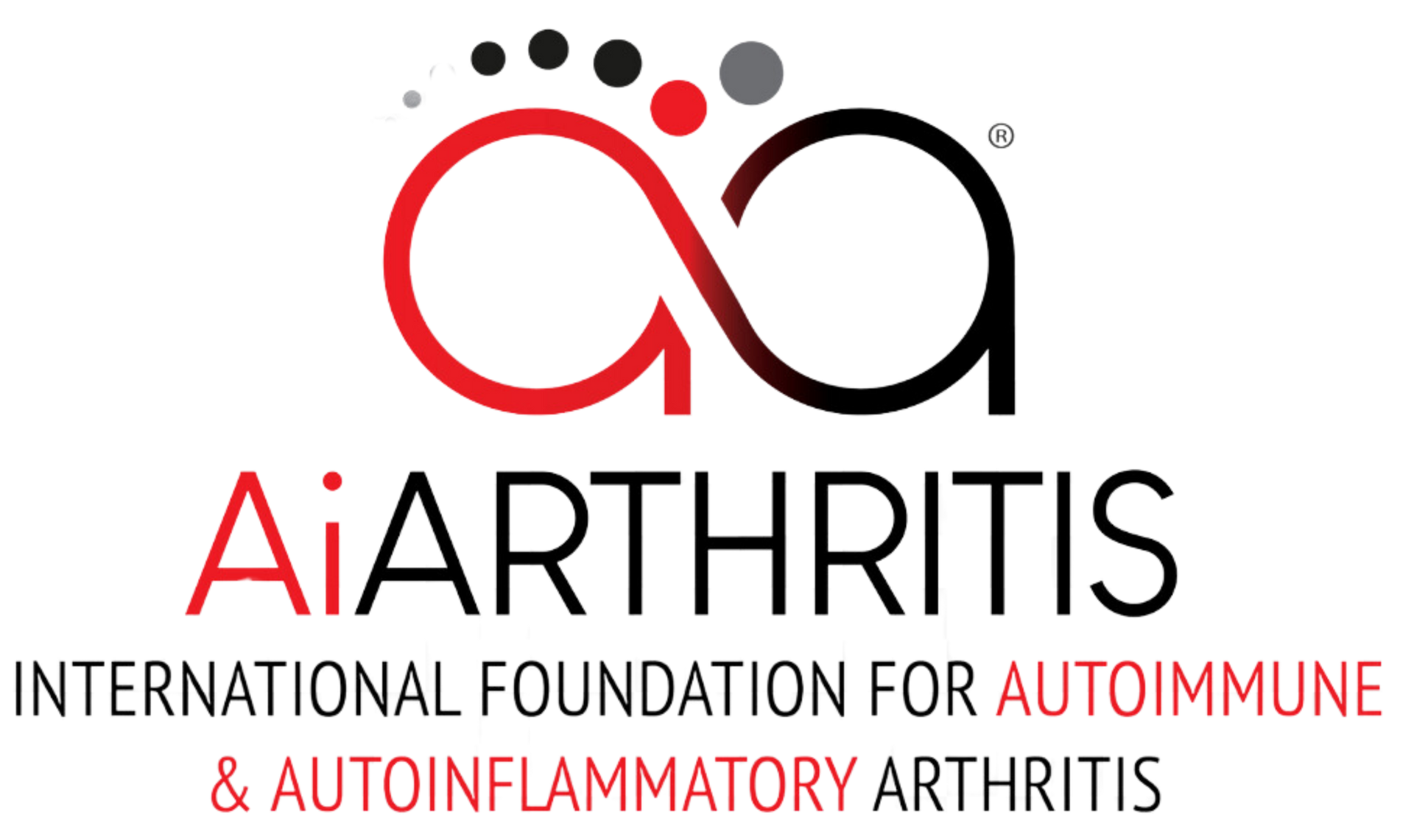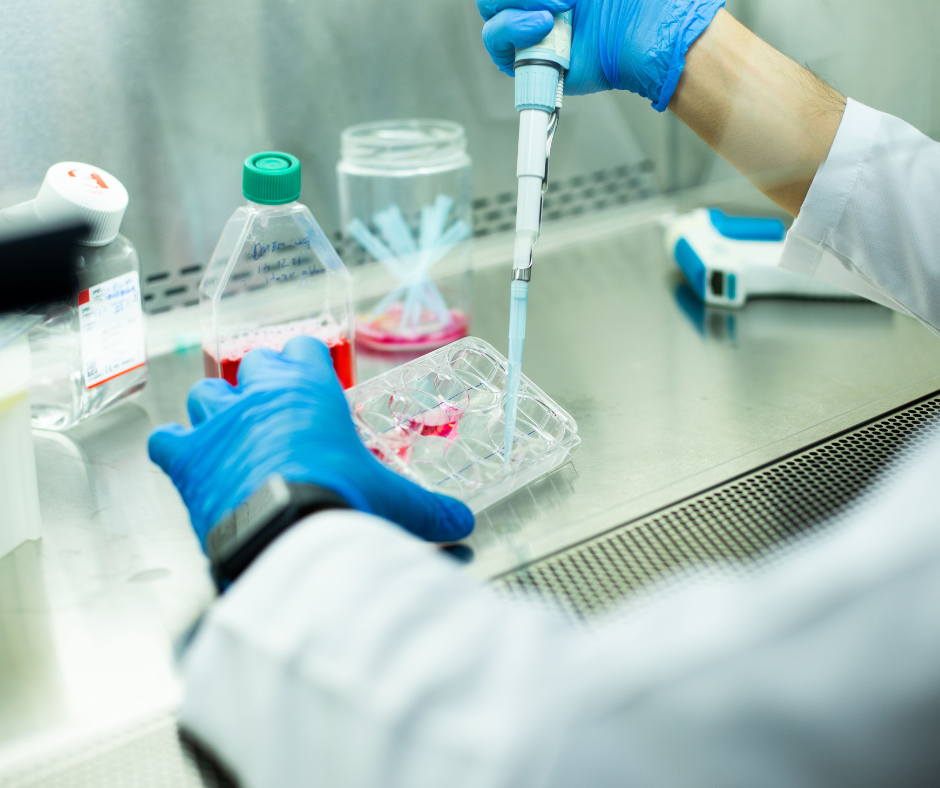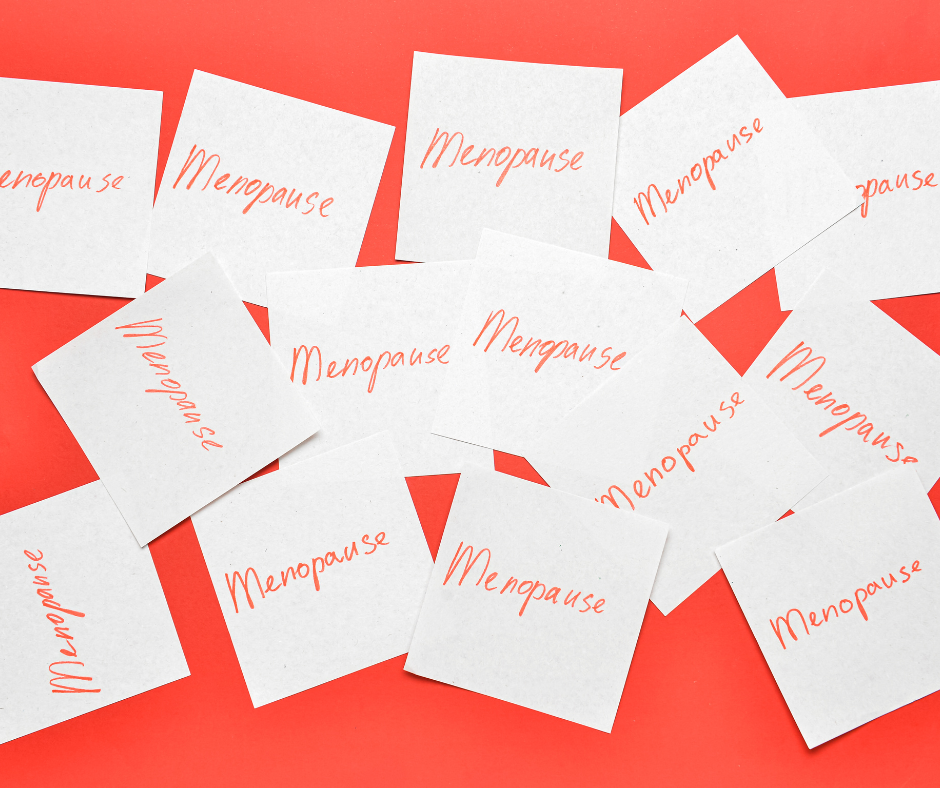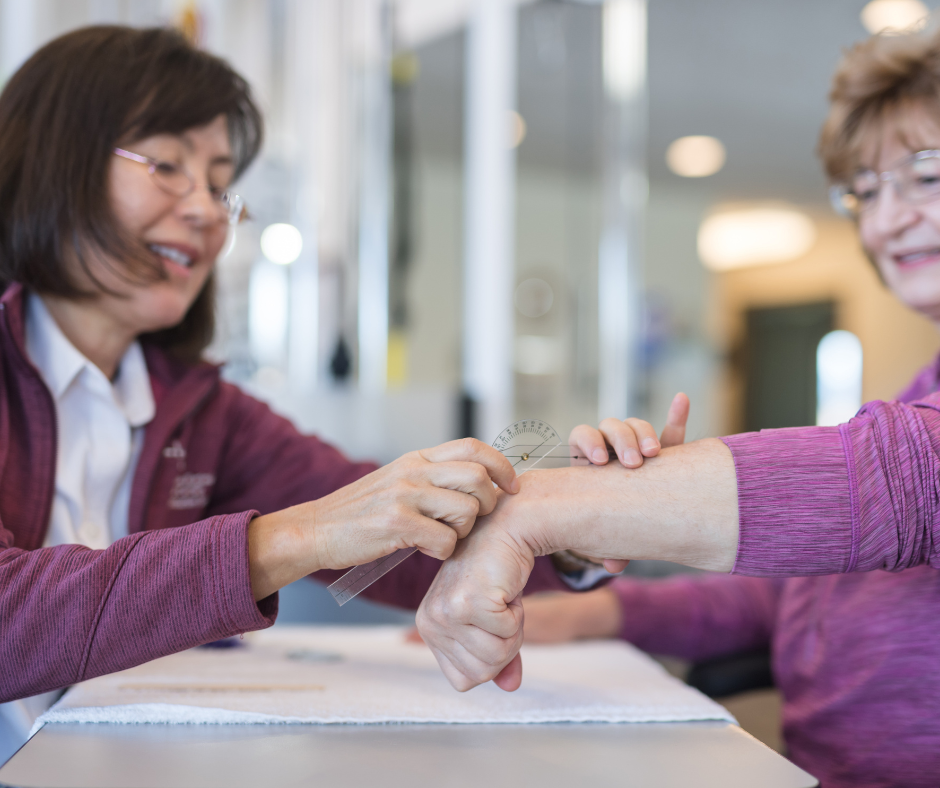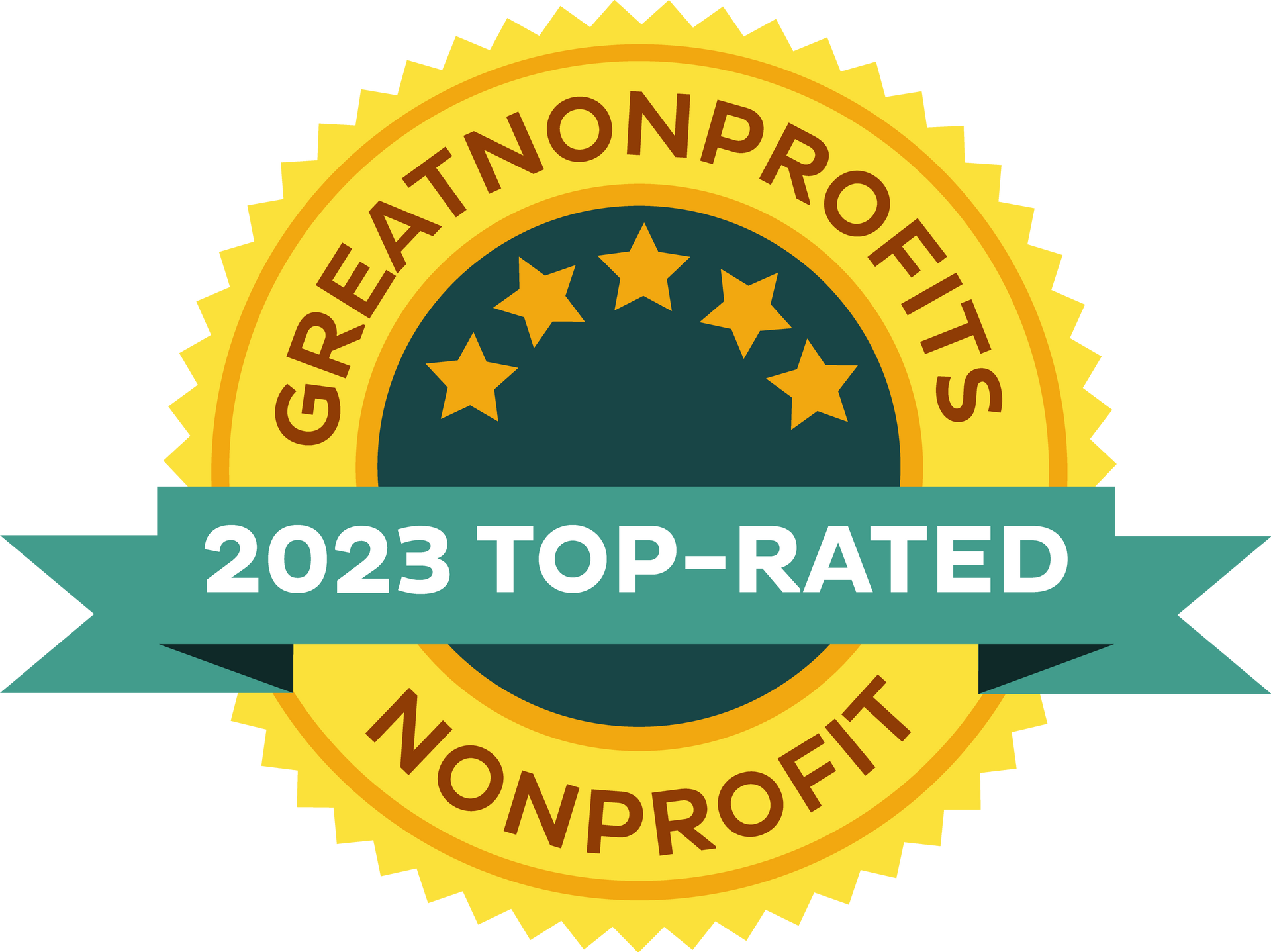The Origin of Rare Disease Month
Rare Disease Month began in 2008 when
EURORDIS (the European Organization for Rare Diseases) launched the first Rare Disease Day on
February 29th—a rare date that occurs only once every four years. This symbolic choice highlighted the uniqueness of rare diseases and the challenges faced by those living with them. The initiative aimed to raise awareness among the general public and decision-makers about the profound impact these conditions have on patients' lives. Since then, Rare Disease Day has been observed annually on the last day of February, expanding into a month-long campaign in many countries. This global movement unites patients, families, caregivers, and healthcare professionals to shine a light on rare diseases, promote research, and advocate for improved access to treatments and support.
Why Rare Disease Month?
Rare Disease Month is all about bringing attention to diseases that affect a small percentage of the population. A disease is typically classified as rare when it impacts fewer than
200,000 people in the United States or fewer than
1 in 2,000 people in Europe. There are over
7,000 known rare diseases, many of which are genetic and manifest early in life.
The expansion from a single day to an entire month allows for a greater range of activities and events, maximizing awareness and fostering a stronger sense of community.
Rare Disease Month has become a catalyst for change, driving policy improvements and encouraging collaborations that benefit the rare disease community. If you're inspired to get involved, there are numerous ways to participate—from attending local events and sharing stories on social media to supporting organizations dedicated to rare disease research and advocacy.
Why Is Rare Disease Month So Important?
- Amplifying Voices: Many rare disease patients feel isolated due to the lack of understanding and resources. This month gives them a platform to share their stories and connect with others.
- Promoting Research: Rare diseases often receive less funding and attention. Awareness campaigns encourage investments in research, leading to better treatments and hope for cures.
- Educating the Public: Increasing knowledge about rare diseases reduces misconceptions and promotes empathy within communities.
- Early Diagnosis: Increased knowledge among healthcare professionals and the public can lead to earlier detection and intervention.
- Influencing Policy: Advocacy efforts can lead to policy changes that improve access to healthcare, support services, and patient rights.
- Support Networks: Connecting patients and families facing similar challenges fosters a community of support and shared resources.
How You Can Get Involved
- Share Stories: Use social media to spread awareness. Personal experiences can be powerful tools for education.
- Participate in Events: Many organizations host walks, seminars, and virtual events. Joining in shows solidarity and helps raise funds.
- Support Organizations: Donating time or money to nonprofits dedicated to rare diseases can make a tangible difference.
- Advocate: Reach out to local representatives to support legislation that benefits rare disease research and patient care.
Why the Zebra is a Symbol for Rare Diseases
The zebra has become the emblem for rare diseases due to a medical adage:
"When you hear hoofbeats, think horses, not zebras." This saying encourages doctors to consider common diagnoses before rare ones. However, for those of us with rare diseases—the "zebras"—this mindset can lead to misdiagnosis or delayed treatment.
Rare Disease Organizations To Follow
These organizations are vital for those affected by rare diseases. They engage in advocacy and policy change to improve access to diagnosis and treatment, provide research funding for new treatments and cures, offer patient support and education through resources and support groups, and run awareness campaigns like Rare Disease Day to raise public consciousness.
Rare diseases impact over 300 million people worldwide but are often misunderstood or overlooked. These organizations work to connect patients and families, reducing isolation, accelerate research by fostering collaboration, and improve quality of life
NORD is a U.S.-based patient advocacy organization dedicated to individuals with rare diseases and the groups that serve them. Founded in 1983, NORD provides support programs, educational resources, and advocates for policy changes to advance care and research.
Global Genes is a global non-profit advocating for the rare disease community. They focus on eliminating challenges faced by people with rare diseases through advocacy, awareness, and education. They host events like the Rare Patient Advocacy Summit, bringing together patients, caregivers, and experts.
RDI is the global alliance of people living with a rare disease, uniting national and regional patient organizations from around the world. They advocate for rare diseases as an international public health priority and collaborate with international agencies like the World Health Organization.
EURORDIS is a non-profit alliance of over 900 patient organizations from more than 70 countries. They work to improve the lives of people living with rare diseases in Europe through advocacy, support for research, and facilitating patient engagement.
GARD, a program of the National Center for Advancing Translational Sciences (NCATS), provides the public with access to current, reliable information about rare and genetic diseases in understandable language.
This foundation works to accelerate biotech innovation for rare disease treatments through science-driven public policy. They focus on removing barriers that prevent the development of life-saving treatments.
Based in Canada, they focus on transforming the lives of children living with rare diseases through community-connected research and care. They fund Microgrant Programs to support innovative research projects.
As Australia’s national alliance representing people living with a rare disease, they advocate for policy reform, raise awareness, and support the implementation of the National Strategic Action Plan for Rare Diseases.
CORD is Canada’s national network for organizations representing all those with rare disorders. They work with governments, researchers, and industry to promote research, diagnosis, treatment, and services for all rare disorders in Canada.
The national alliance for people with rare diseases and those who support them in the UK. They campaign for health and social care policies that work for people with rare diseases.
APARDO brings together rare disease patient organizations from across the Asia-Pacific region to collaborate on advocacy, awareness, and patient support initiatives.
IRDiRC unites national and international organizations investing in rare disease research to achieve common goals, like accelerating medical breakthroughs for people with rare diseases.

